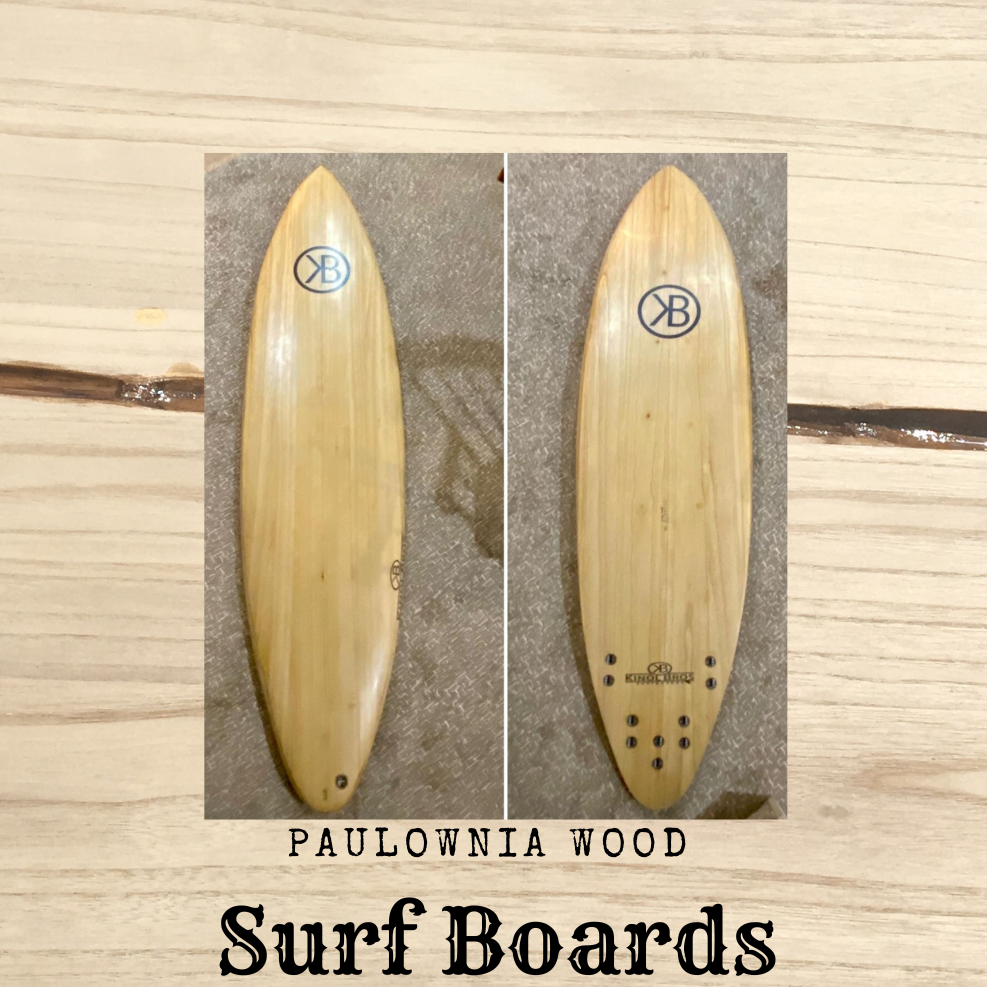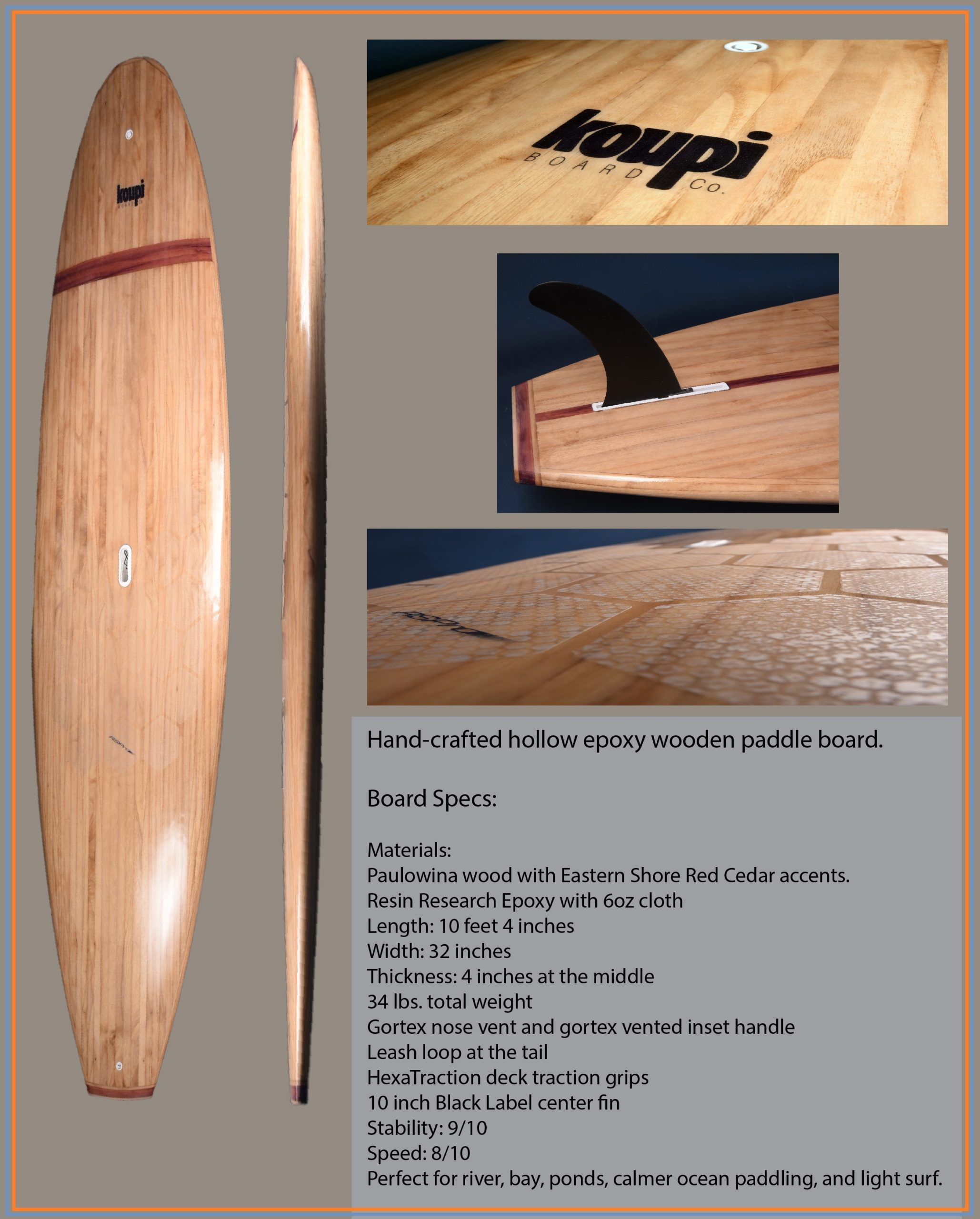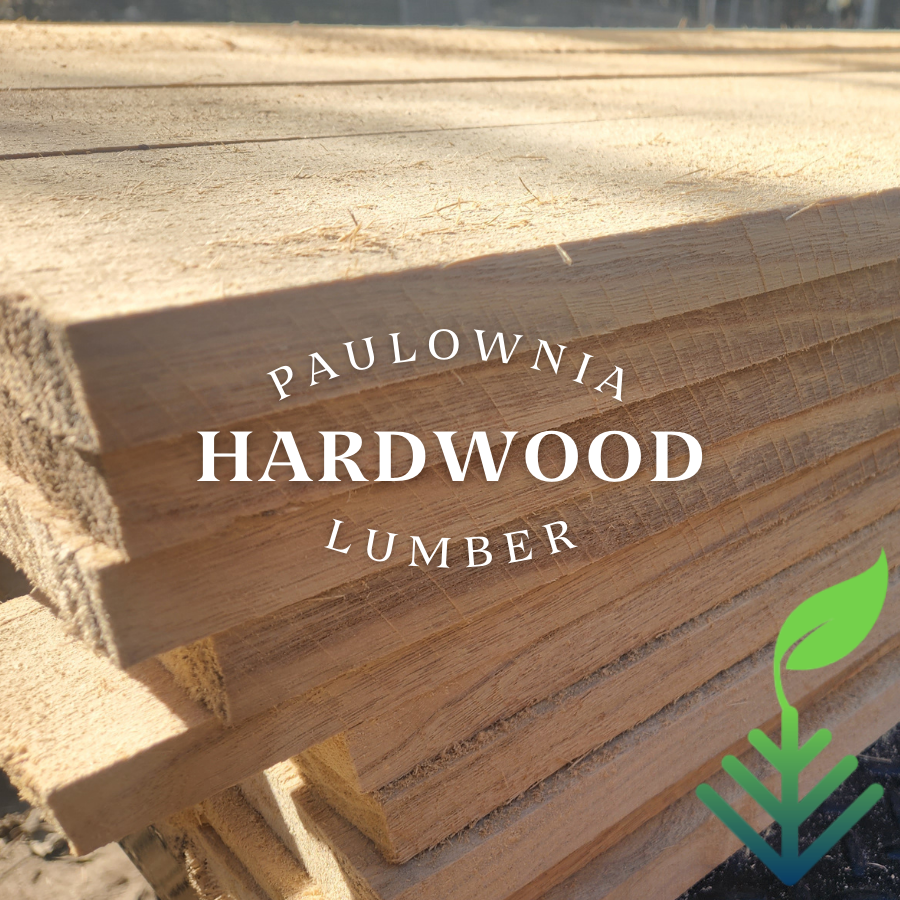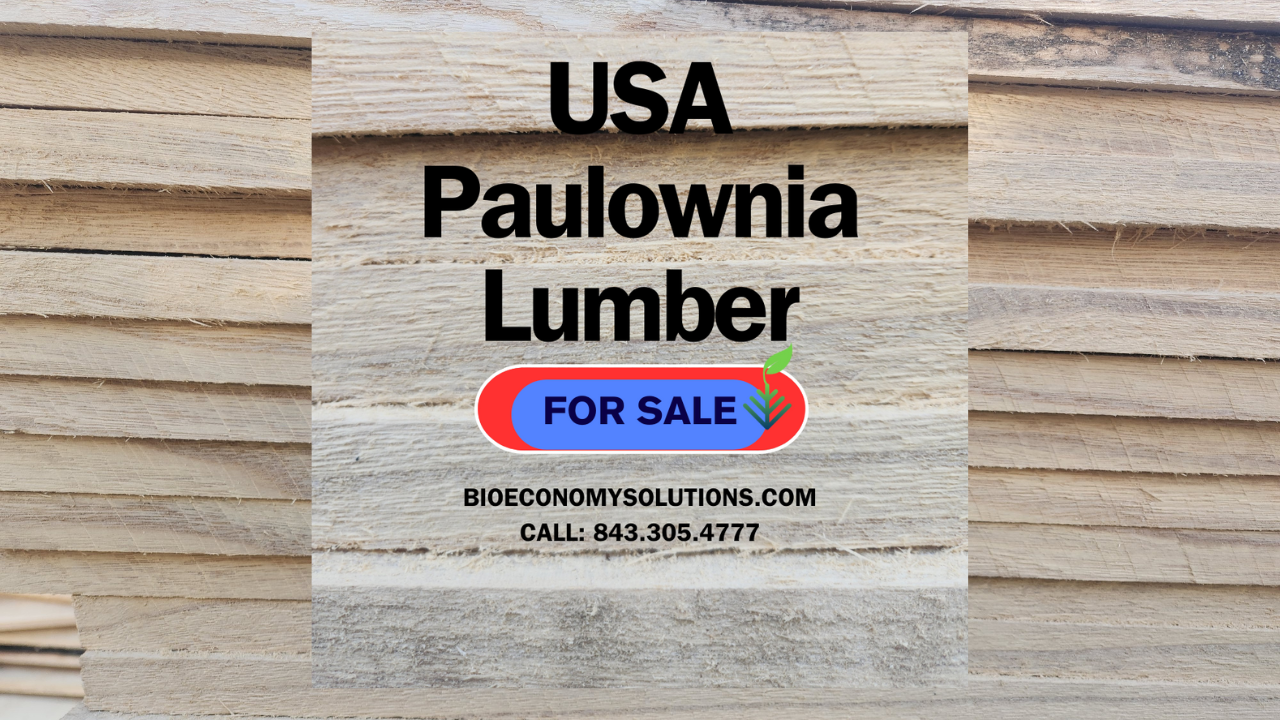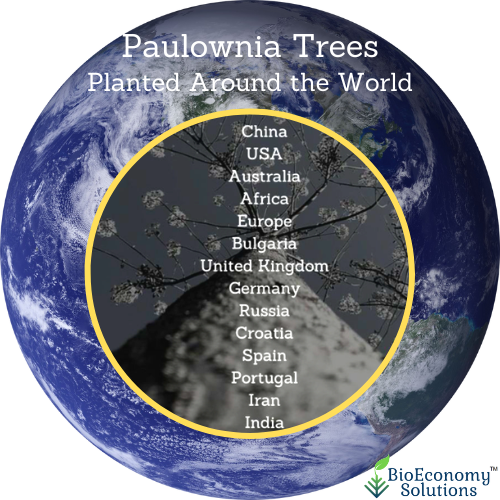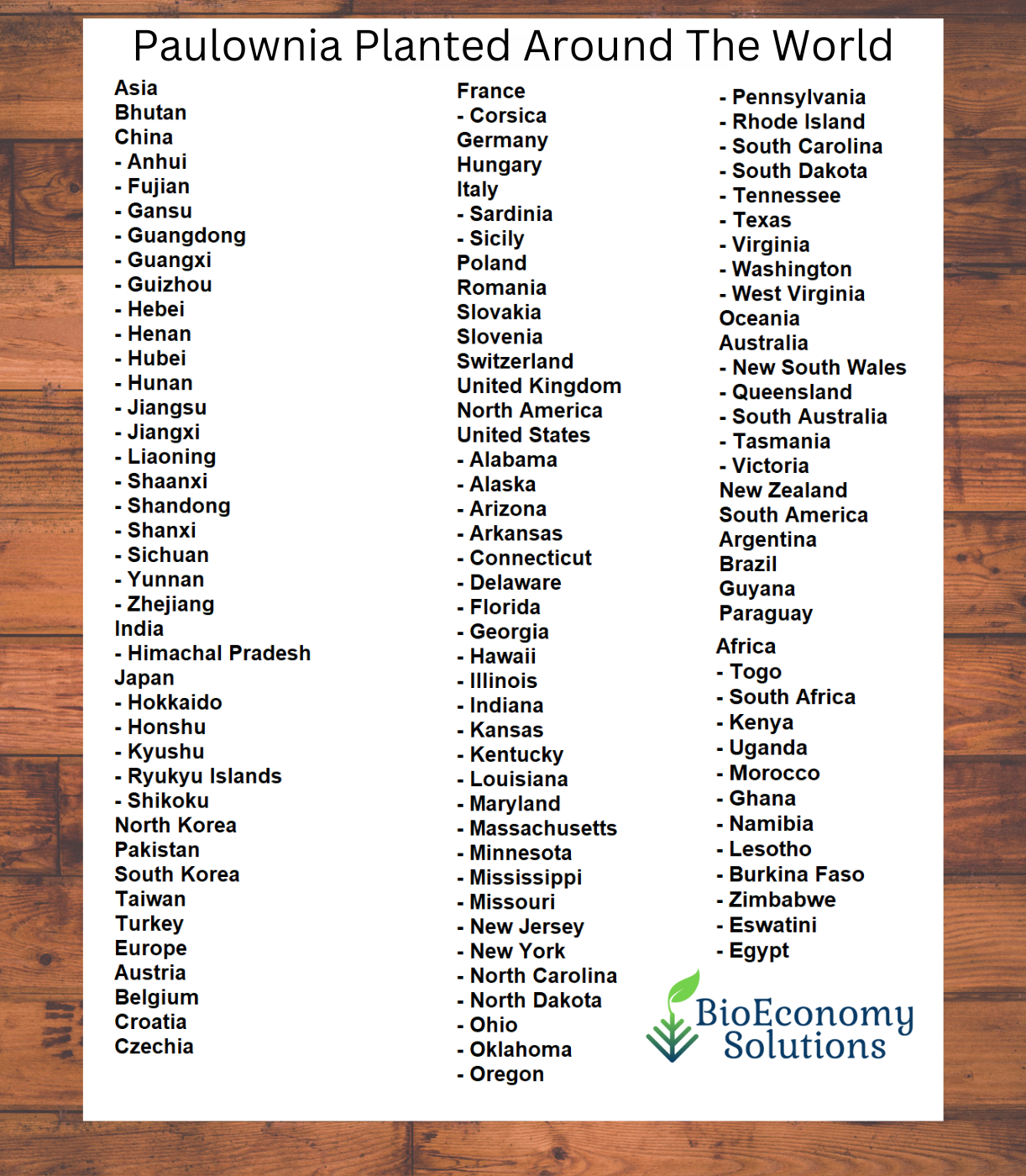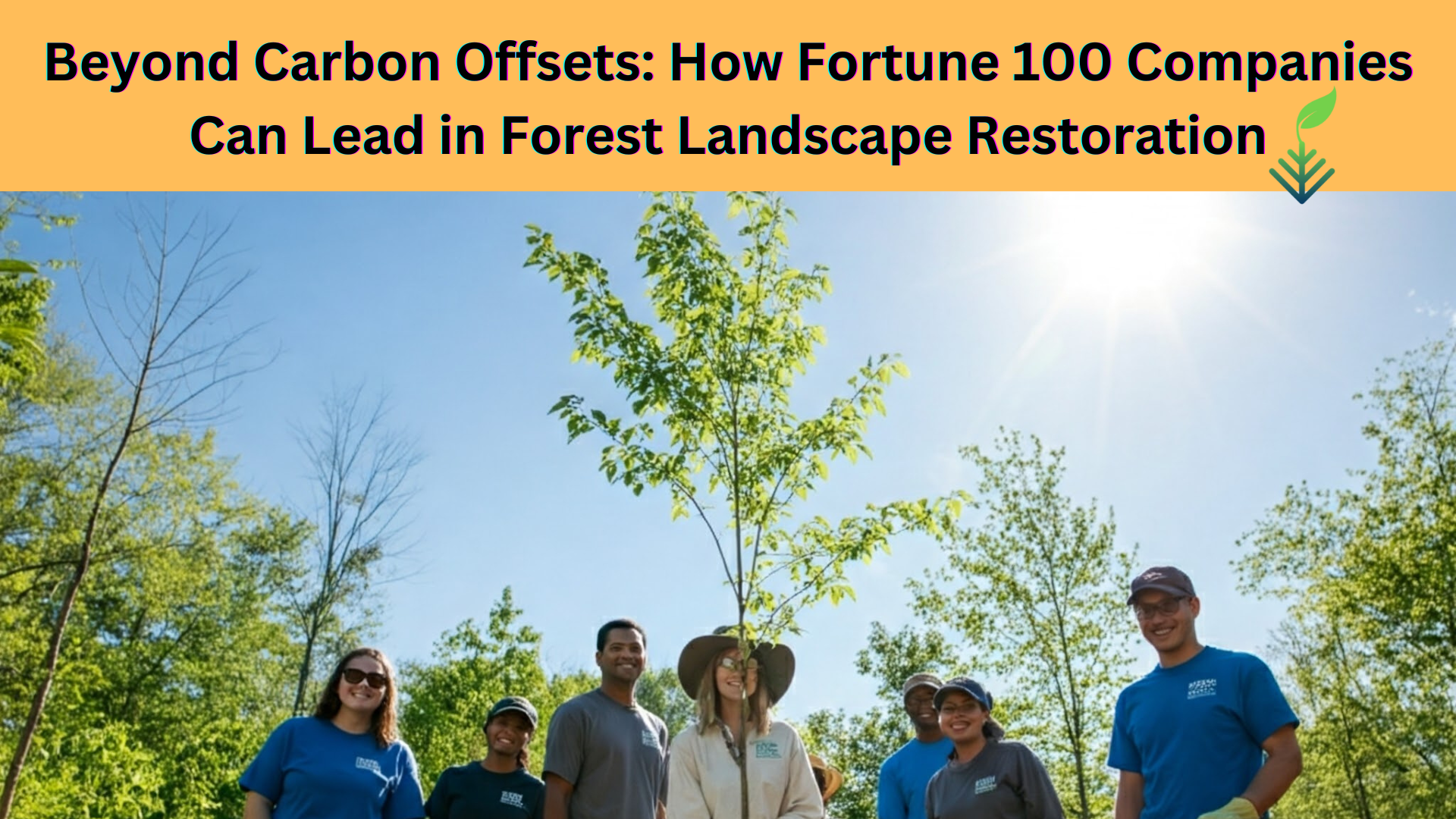
The urgency of the climate crisis has pushed corporations to seek ways to neutralize their environmental impact. While tree-planting initiatives and carbon offset programs have gained popularity, a more holistic and impactful approach is emerging: Forest Landscape Restoration (FLR).
Fortune 100 companies, with their significant resources and influence, have a unique opportunity to lead the charge in this critical area, and incorporating fast-growing, versatile trees like Paulownia can significantly enhance these efforts and make them profitable! #carbonmining.
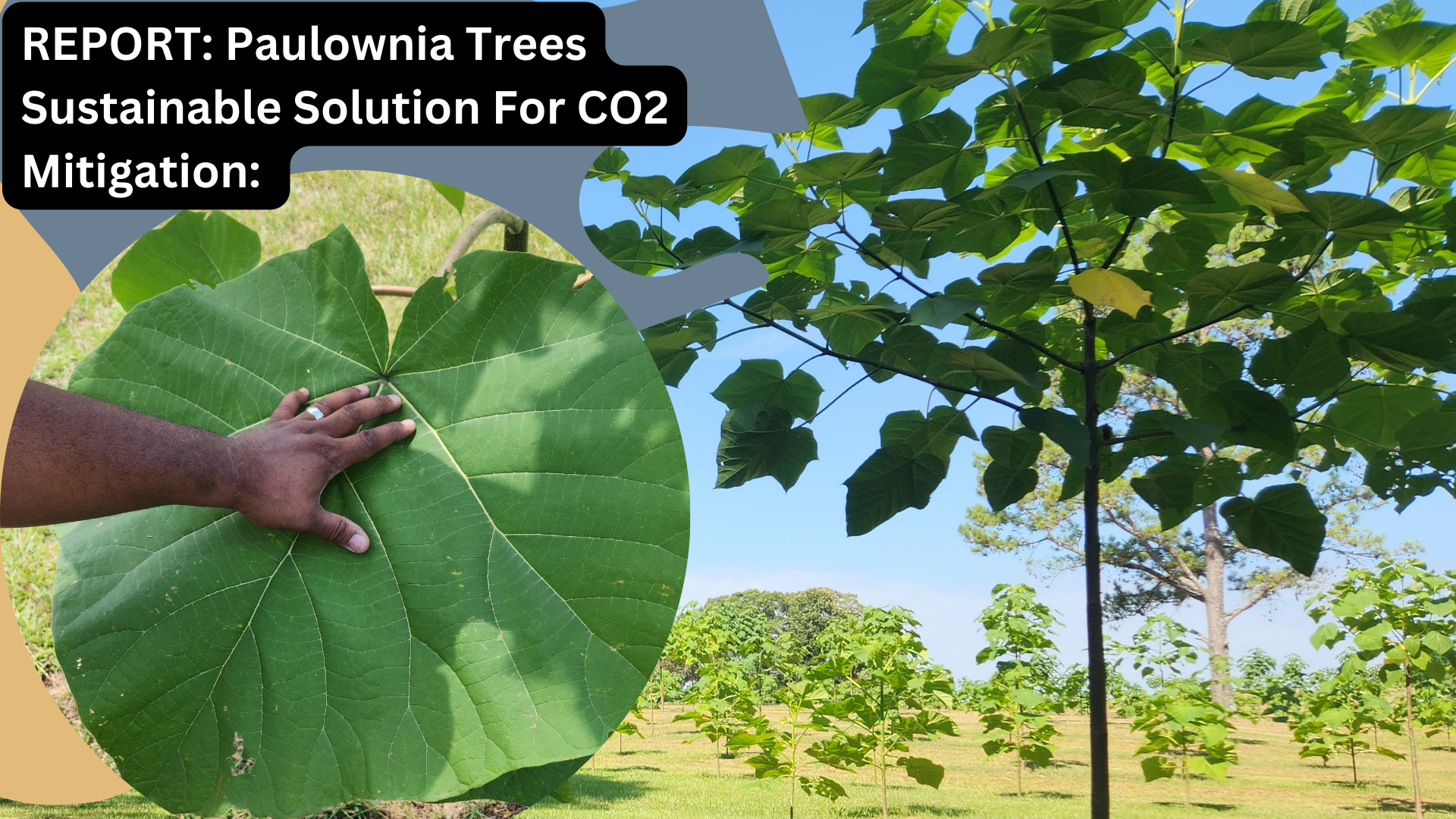
The Advantages of Simple Tree Planting For Carbon Offsets
Simple tree planting does have valuable advantages, especially when done right. Here are some key areas to consider:
1. Cost-Effectiveness
- Compared to many technological carbon removal solutions, tree planting is often more affordable upfront.
- This makes it accessible to a wider range of organizations and individuals who want to take climate action.
2. Scalability
- Tree planting can be implemented on a large scale, across diverse landscapes, semi arid conditions and geographies.
- This allows for significant carbon removal potential when projects are implemented strategically.
Trees Provide Numerous Benefits Beyond Carbon Sequestration
3. Co-Benefits What you need to know about tree planting co-benefits:
- Biodiversity: They create habitats for wildlife, supporting ecosystem health.
- Water Cycle Regulation: Trees improve water infiltration, reduce runoff, and help regulate local water cycles.
- Soil Health: Tree roots stabilize soil, prevent erosion, and improve soil fertility.
- Air Quality: Trees filter air pollution and improve air quality.
- Community Benefits: Tree planting can provide jobs, resources (like fruit or timber), and improve the livelihoods of local communities.
- Income Benefits For CDR Project Stakeholders: Planting trees for #carbonmining, trees are the store of value for the creation of, carbon credits, woody biomass, biochar, graphite, graphene and more. What is Carbon Mining?
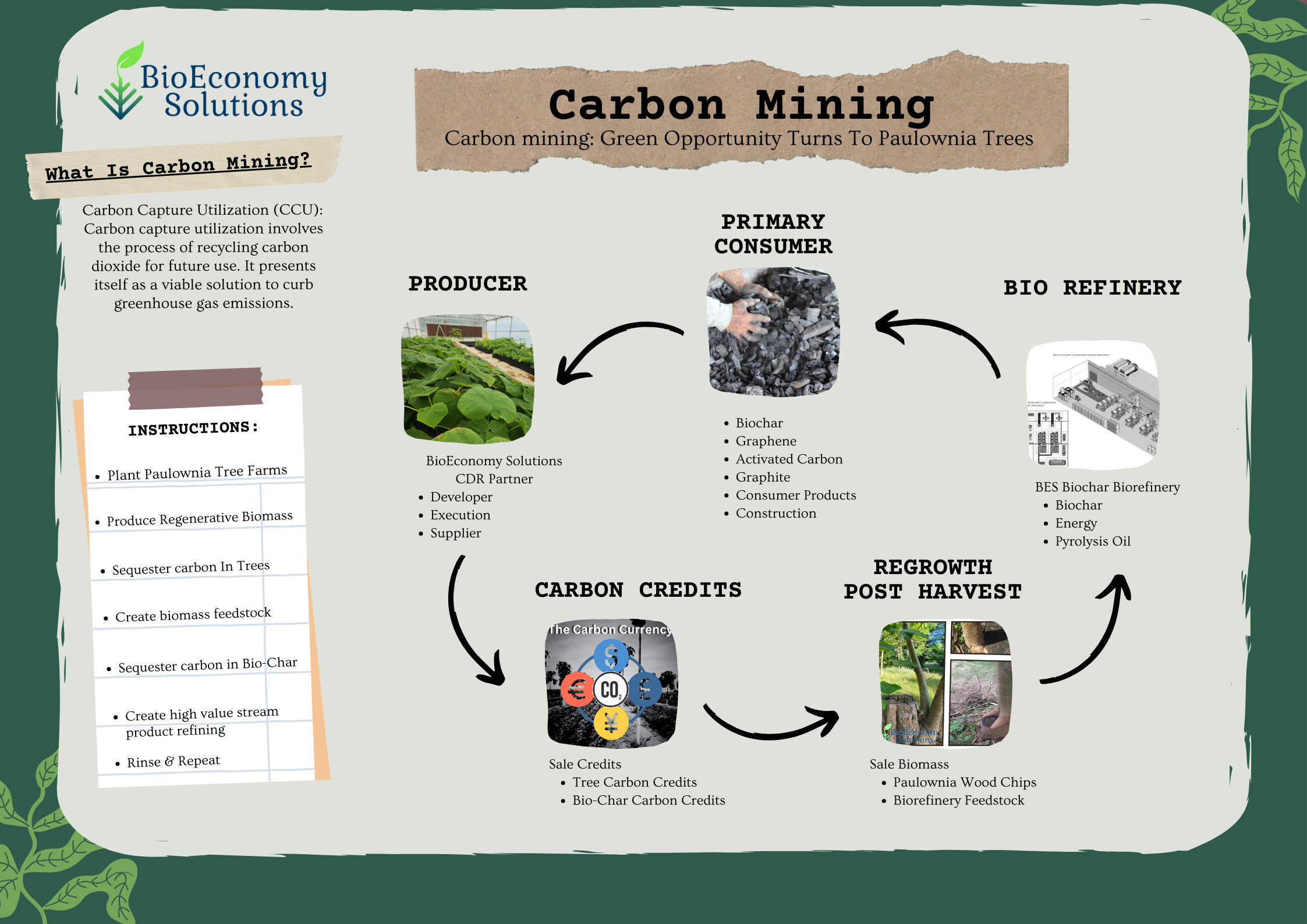
4. Relative Simplicity
- While effective tree planting requires planning and management, the basic concept is relatively simple to understand and implement.
- This can encourage broader participation in climate action from individuals, communities, and organizations.
5. Tangible Impact
- Planting a tree is a concrete action with a visible and tangible impact.
- This can be particularly appealing for individuals and companies looking for a direct way to contribute to climate solutions.
The Power of Forest Landscape Restoration
FLR goes beyond simply planting trees. It’s a holistic approach that aims to restore the ecological integrity of entire landscapes, bringing a multitude of benefits:
- Enhanced Carbon Sequestration: FLR focuses on restoring diverse and resilient forests that maximize carbon storage over the long term.
- Increased Biodiversity: By restoring native species and habitats, FLR helps protect and enhance biodiversity, crucial for ecosystem health and resilience.
- Improved Water Security: Healthy forests regulate water cycles, improve water quality, and reduce the risk of floods and droughts.
- Community Empowerment: FLR often involves local communities in planning and implementation, creating economic opportunities and improving livelihoods.
The Paulownia Advantage
Incorporating Paulownia trees into FLR initiatives can further amplify the positive impact:
- Rapid Growth and Carbon Sequestration: Paulownia is known for its exceptionally fast growth rate, allowing for rapid carbon sequestration and biomass production.
- Soil Improvement: Paulownia’s deep root system helps improve soil structure, prevent erosion, and enhance water infiltration.
- Biodiversity Support: Paulownia plantations can be designed to support biodiversity by integrating native species and creating diverse habitats.
- Economic Opportunities: Paulownia timber is valuable for a variety of uses, providing economic benefits for local communities.

Fortune 100 Leaders in Forest Landscape Restoration (FLR)
Several Fortune 100 companies are already demonstrating leadership in FLR:
- International Paper: This global paper and packaging company has committed to restoring 1 million acres of forestland in the southern US, focusing on biodiversity conservation and sustainable forest management.
- Microsoft: Through its AI for Earth program, Microsoft is supporting FLR projects around the world, using technology to monitor forest health, track progress, and optimize restoration efforts.
- Unilever: This consumer goods giant has partnered with organizations like the World Resources Institute to support FLR initiatives in key sourcing regions, promoting sustainable agriculture and forest conservation.
Actionable Steps for Companies
Here’s how Fortune 100 companies can integrate FLR into their sustainability strategies:
- Go Beyond Offsets: Shift from a transactional approach to a long-term commitment to forest restoration.
- Embrace a Holistic Approach: Consider the ecological, social, and economic dimensions of FLR, engaging local communities and stakeholders.
- Invest in Science and Technology: Utilize the latest research and technologies to optimize restoration efforts and monitor progress with “Net Eco Exchange”.
- Partner for Impact: Collaborate with BioEconomy Solutions, governments, and local communities to leverage expertise and resources.
- Communicate Transparently: Report on FLR initiatives and their impact, showcasing leadership and inspiring others.
- Explore Paulownia: Investigate the potential of Paulownia trees as an nature-based solution for carbon sequestration, soil health, and biodiversity in FLR projects.
By embracing FLR and incorporating innovative Nature-Based Solutions like Paulownia, Fortune 100 companies can meet and exceed their commitments to:
- Environmental, Social, Governance (ESG)
- Social Responsibility Investments (SRI)
- Community Engagement
Move your organization beyond carbon offsets and become true leaders in creating a more sustainable and resilient future for our planet.
CONTACT US
LEARN MORE
Visit us at: https://bioeconomysolutions.com/paulownia-carbon-credits/ Let’s chat about paulownia tree solutions for sustainable Forest carbon credits projects.
Where to buy paulownia? We’re providing new paulownia trees from our U.S. South Carolina Paulownia tree farm facility.
Contact Us for details. Office: 843.305.4777 | Email: mail@bioeconomysolutions.com Here’s a link to our online calendar, schedule a conference call with us: www.bioeconomysolutions.com/bookcall
LIKE|SHARE|COMMENT
Enjoy this article? You may also enjoy “Top Ten Reasons to Choose Paulownia Trees for Your Next Carbon Development Project”
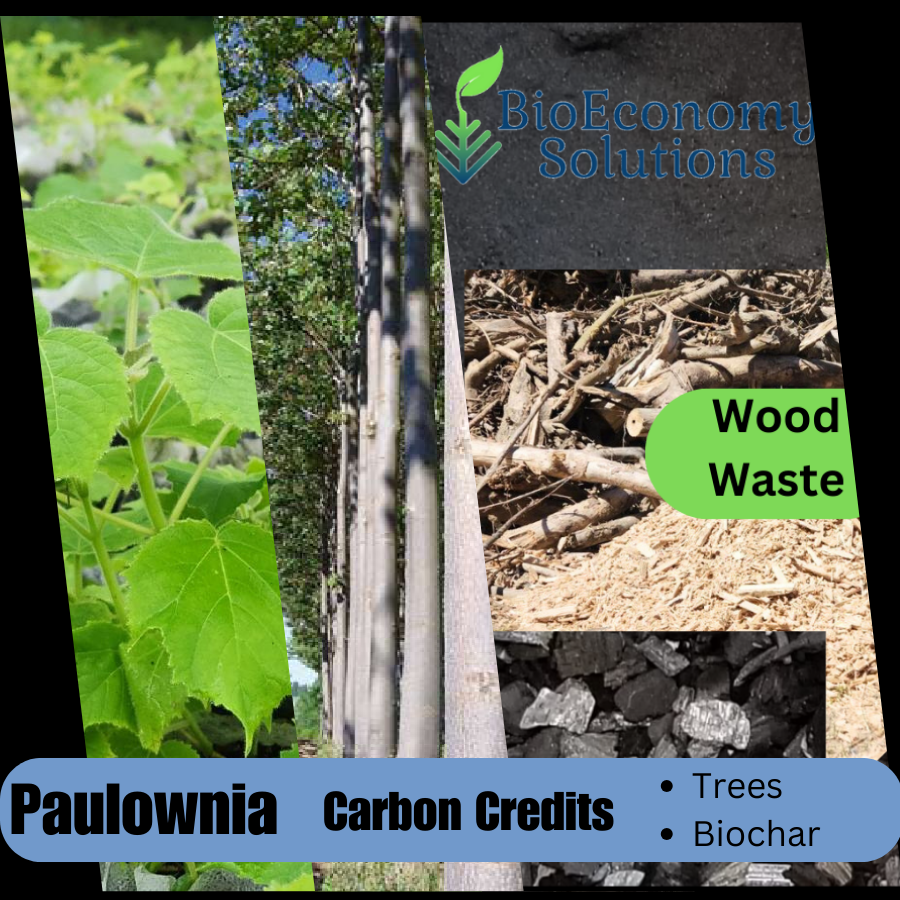
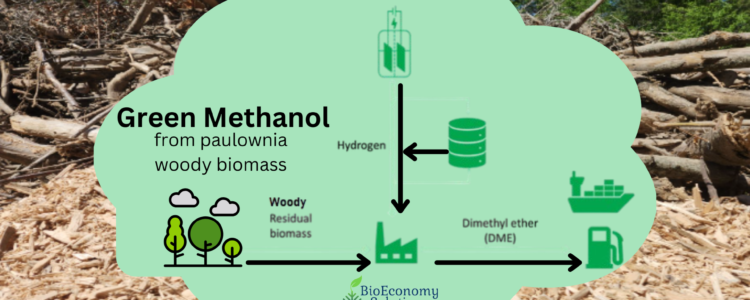
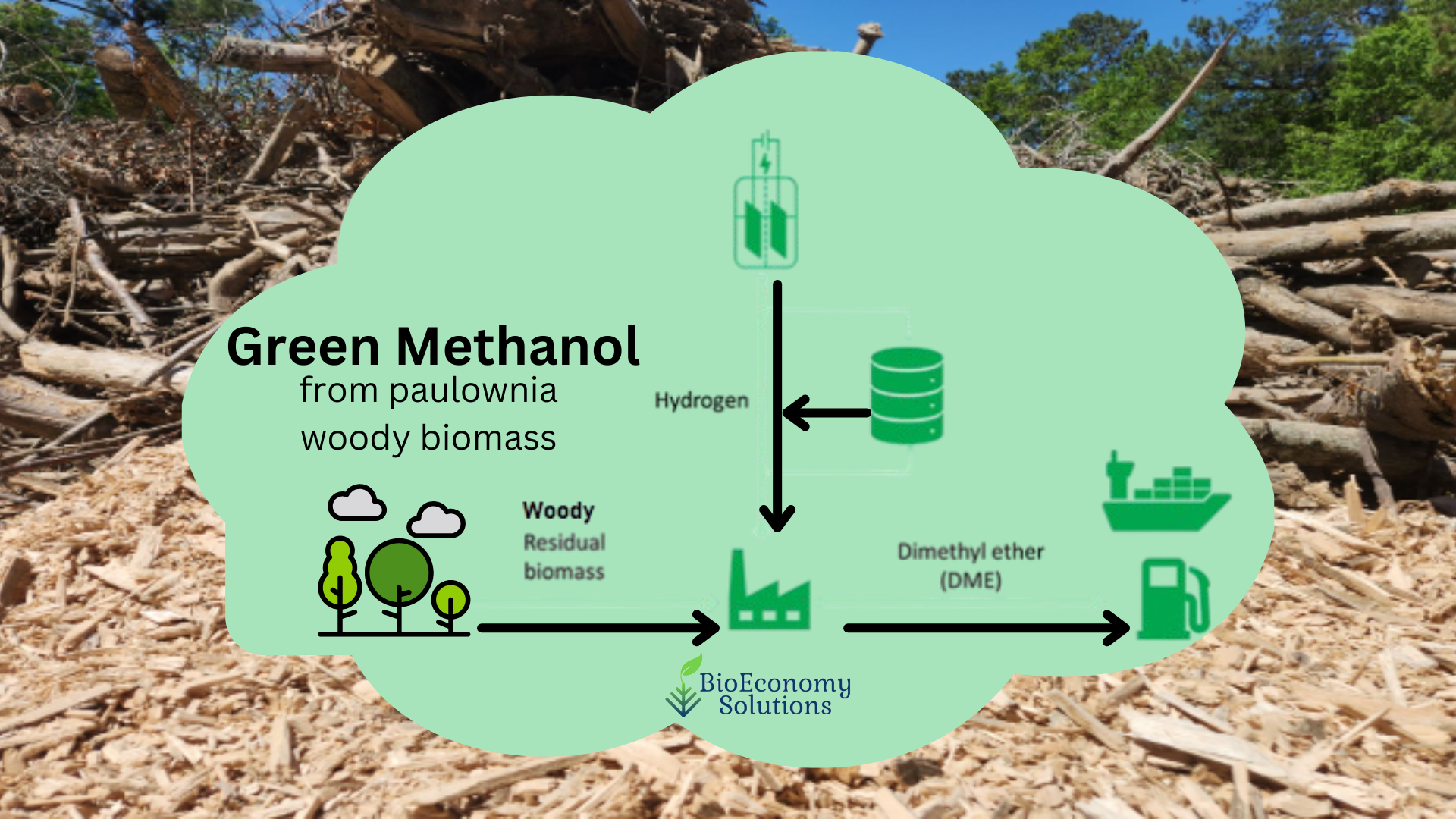
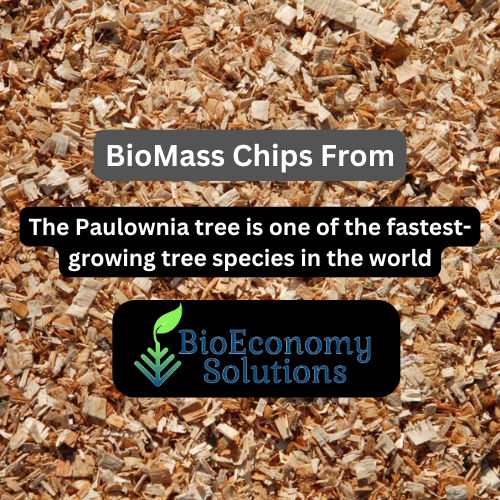
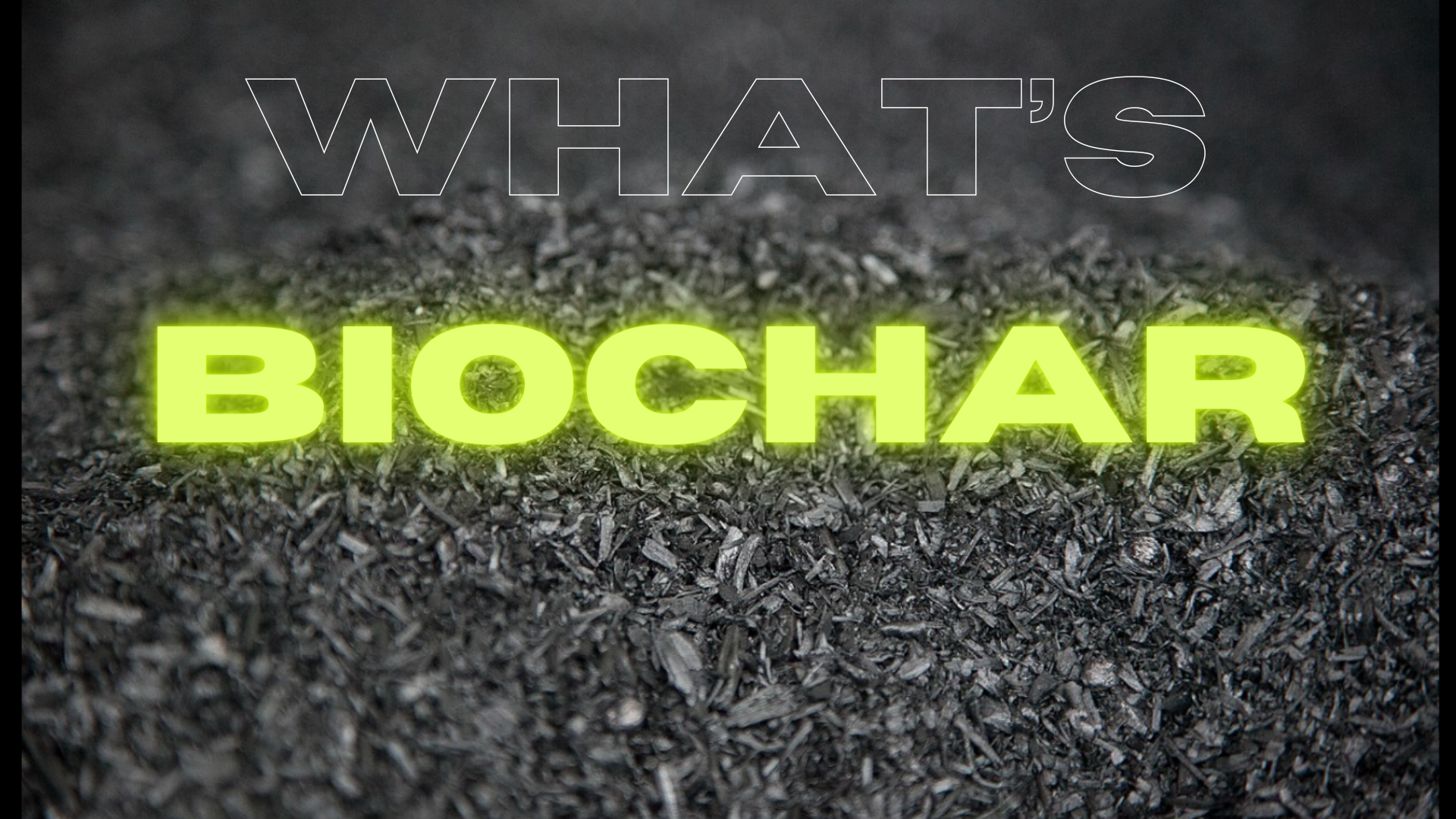
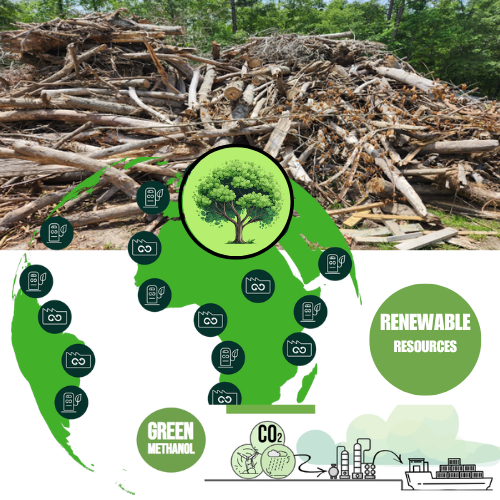
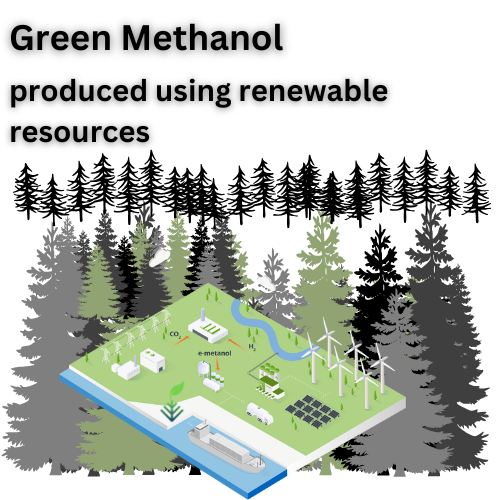
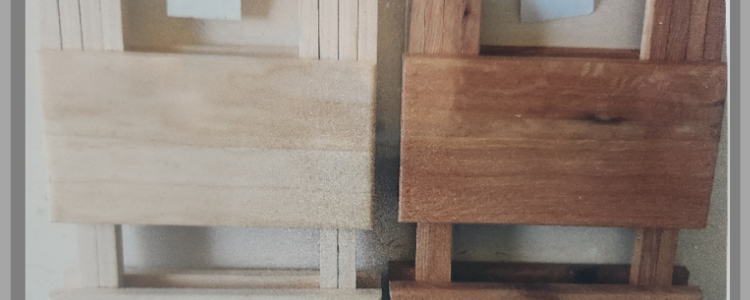
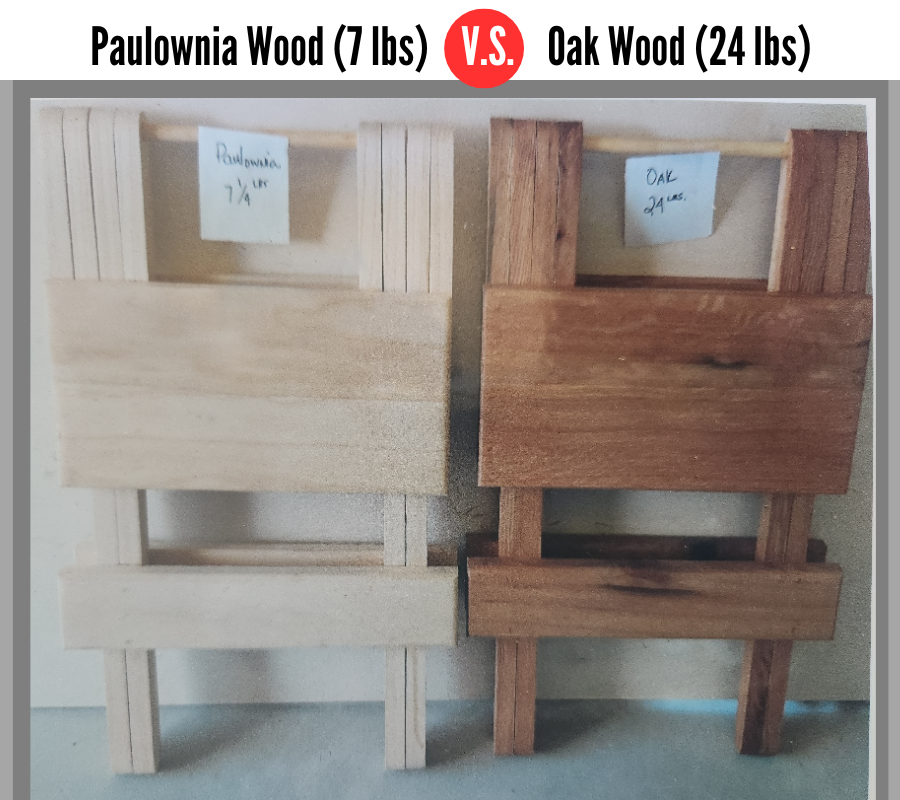


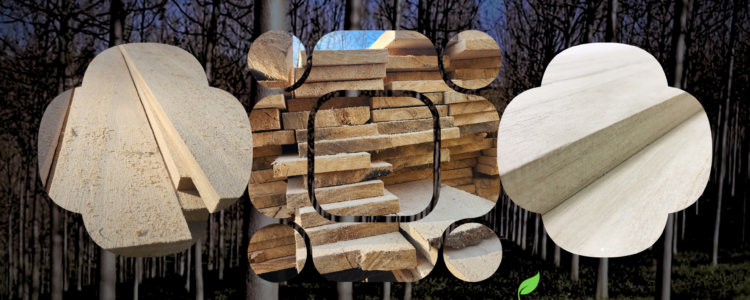
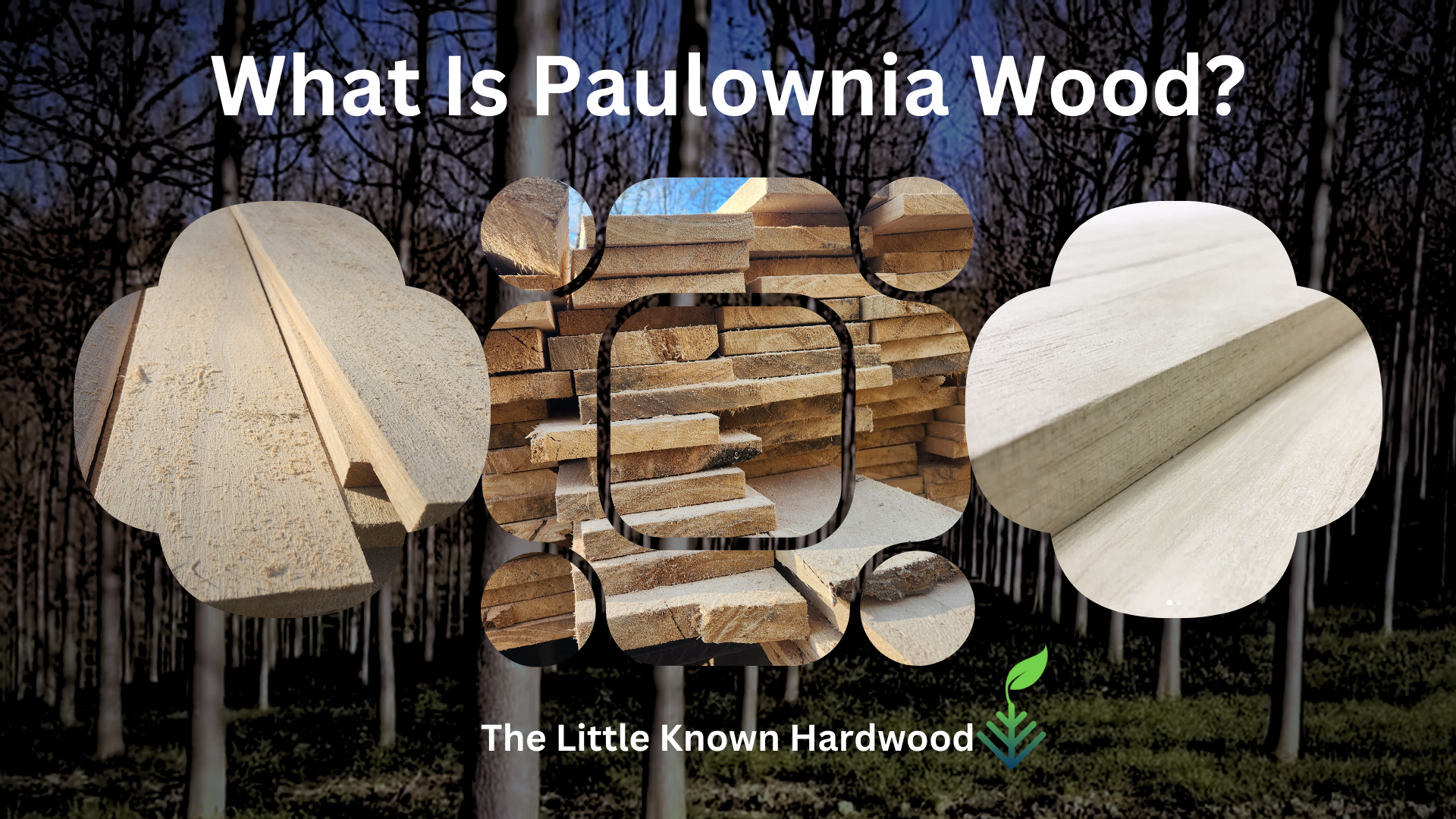
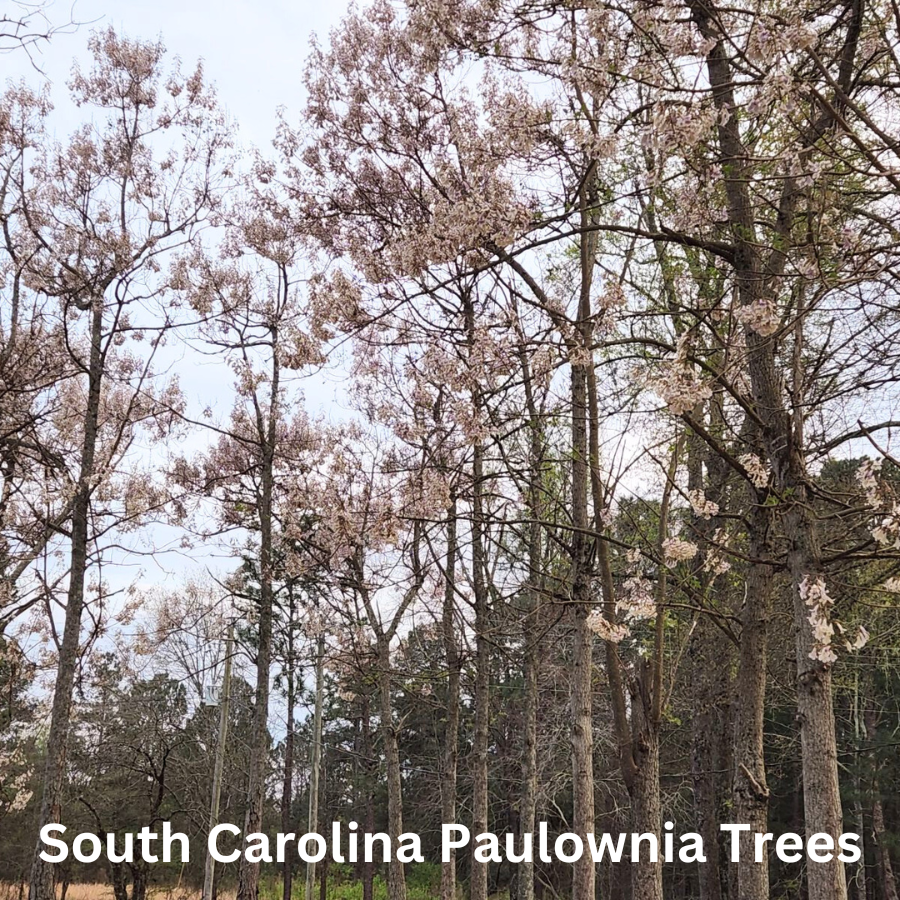
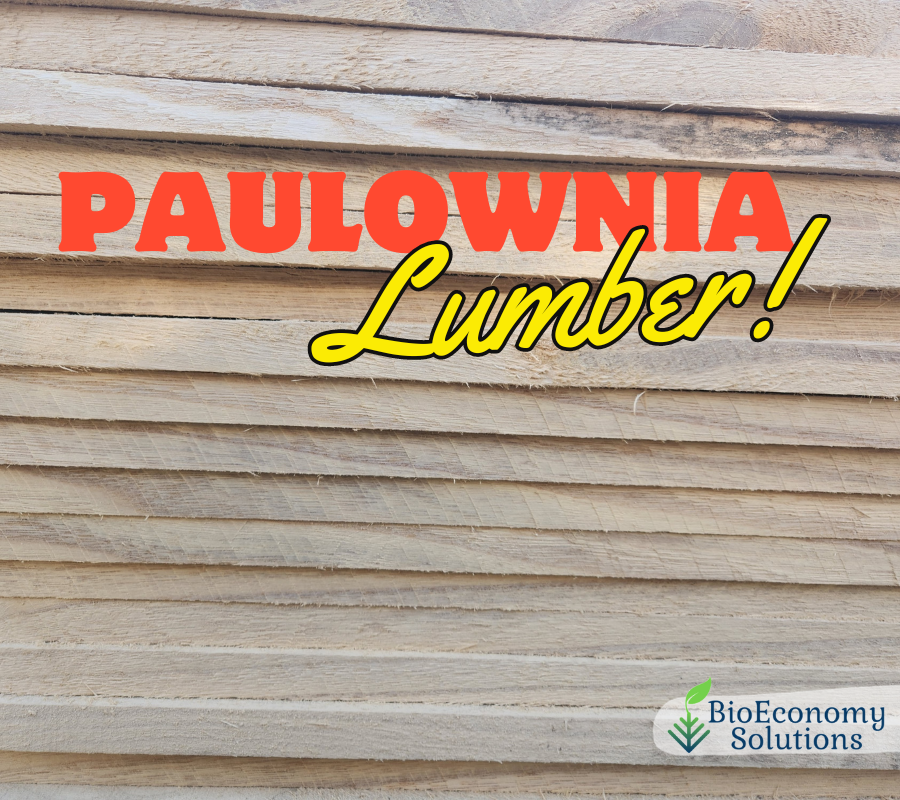
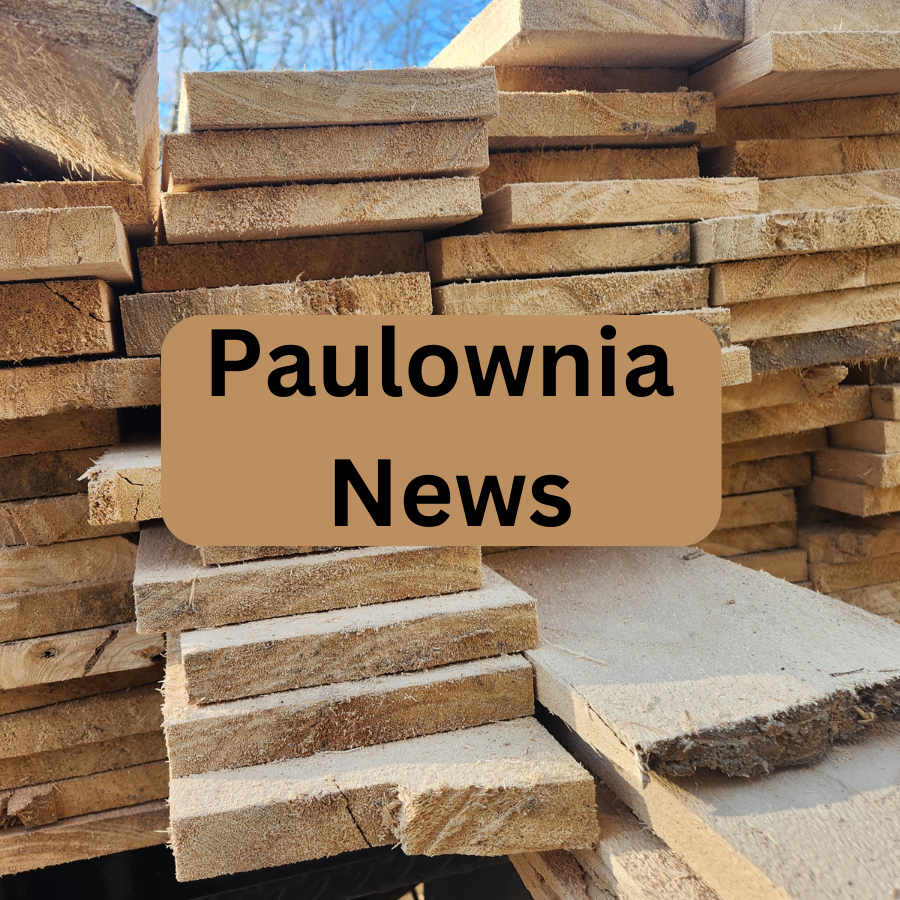
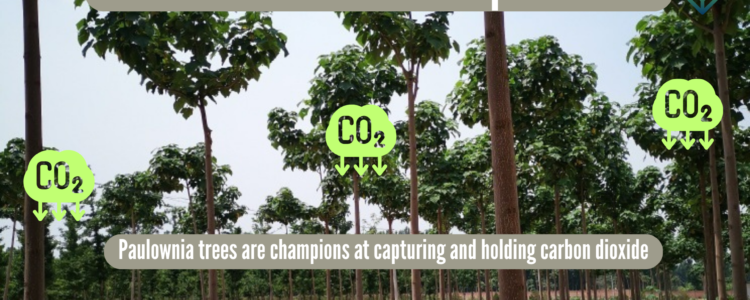
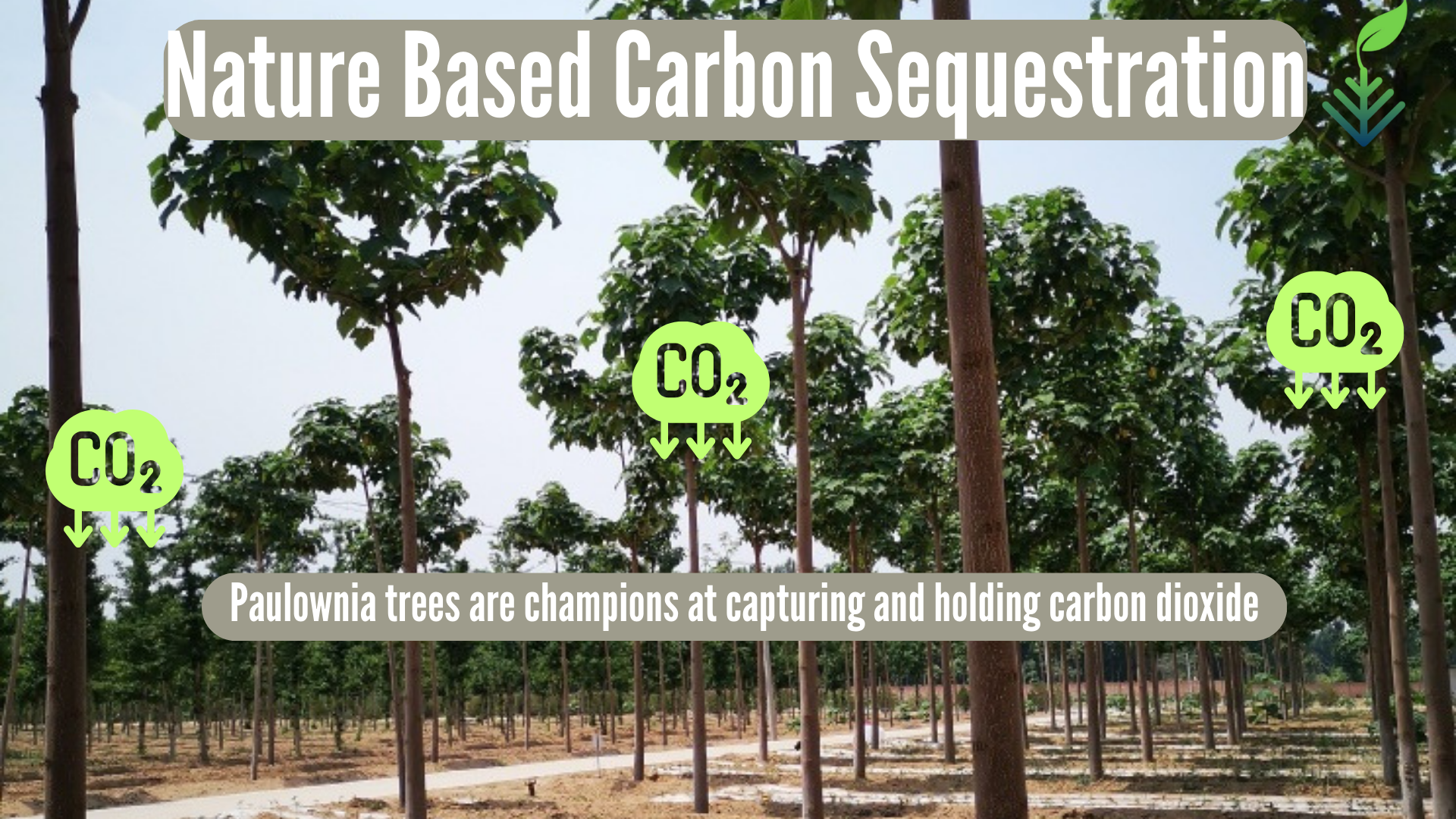

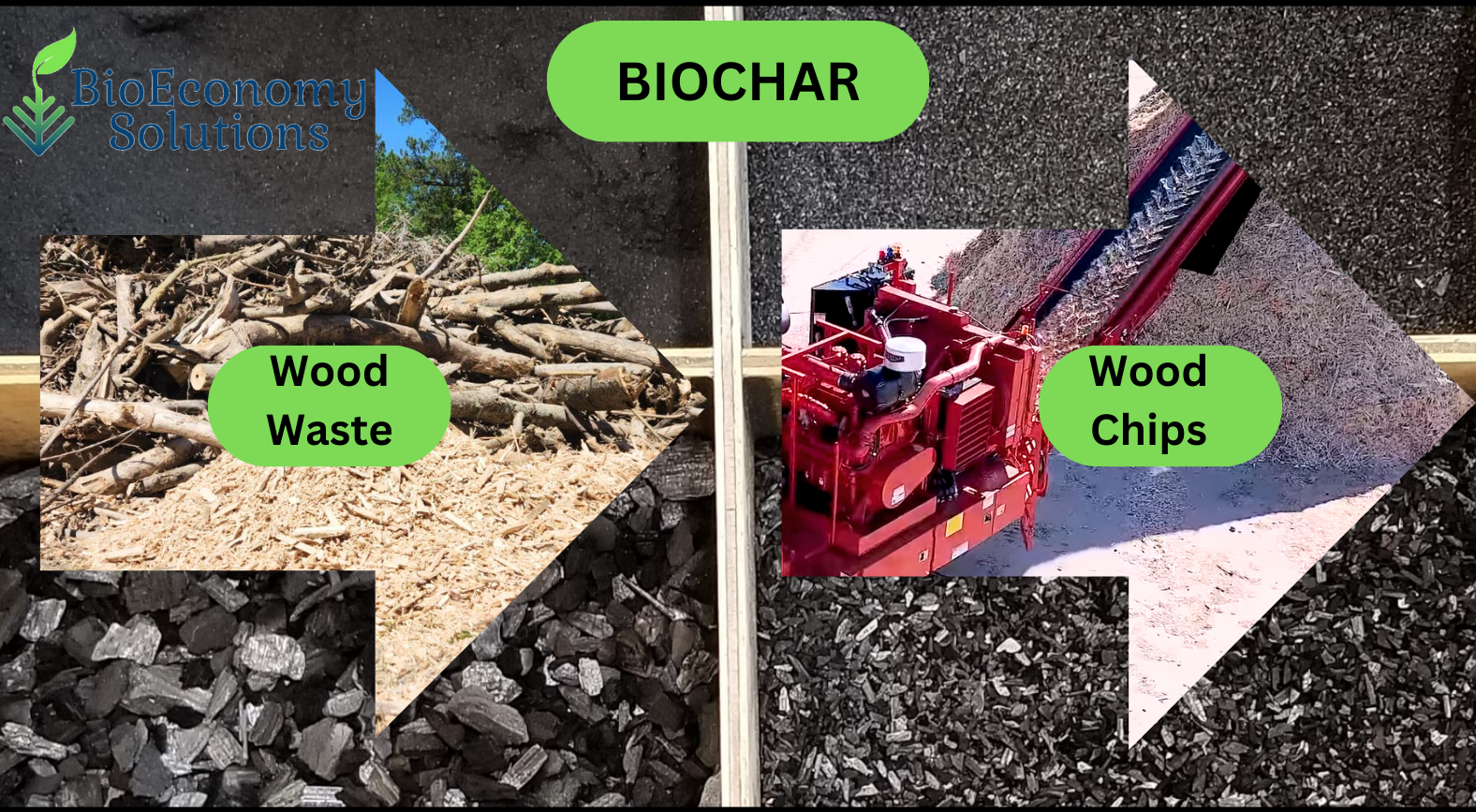
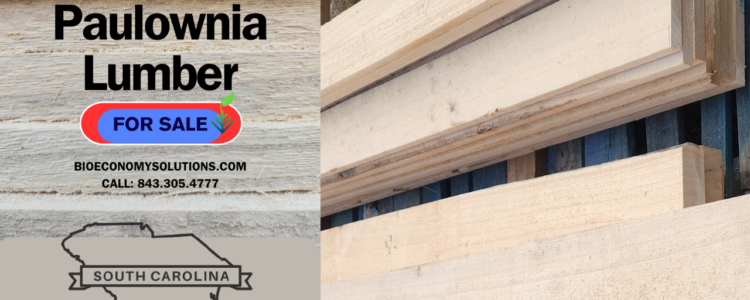
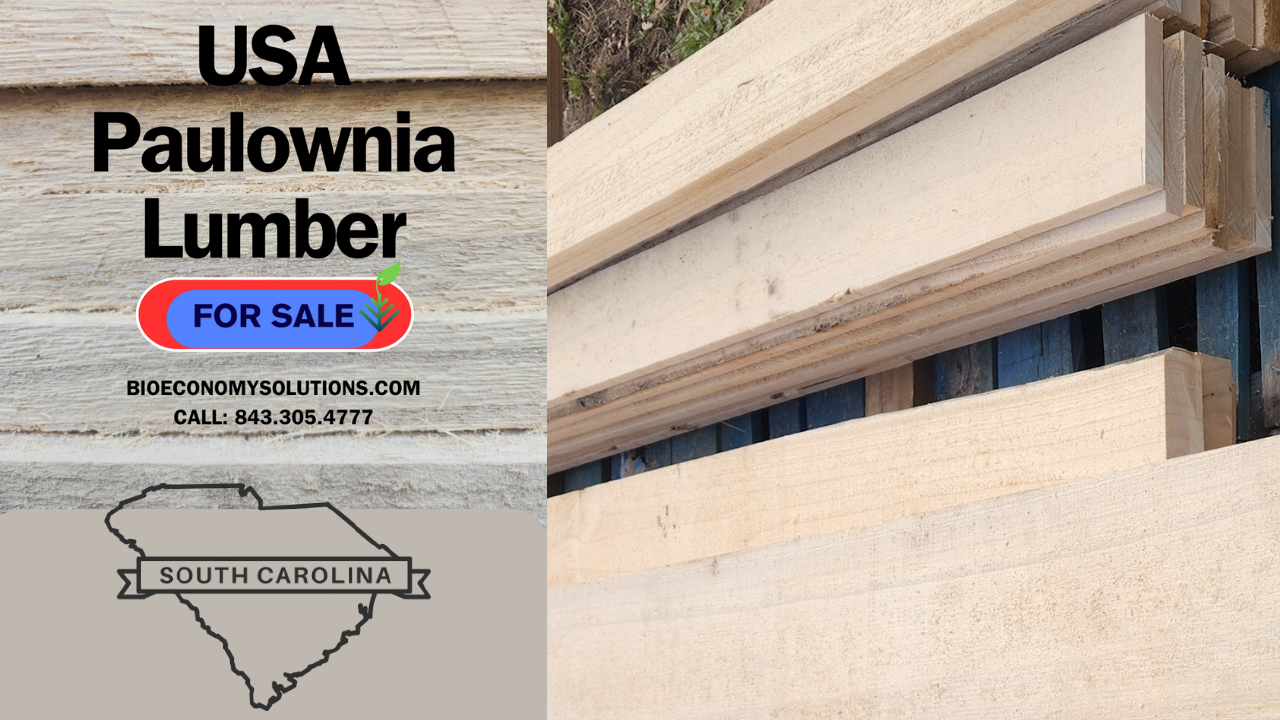

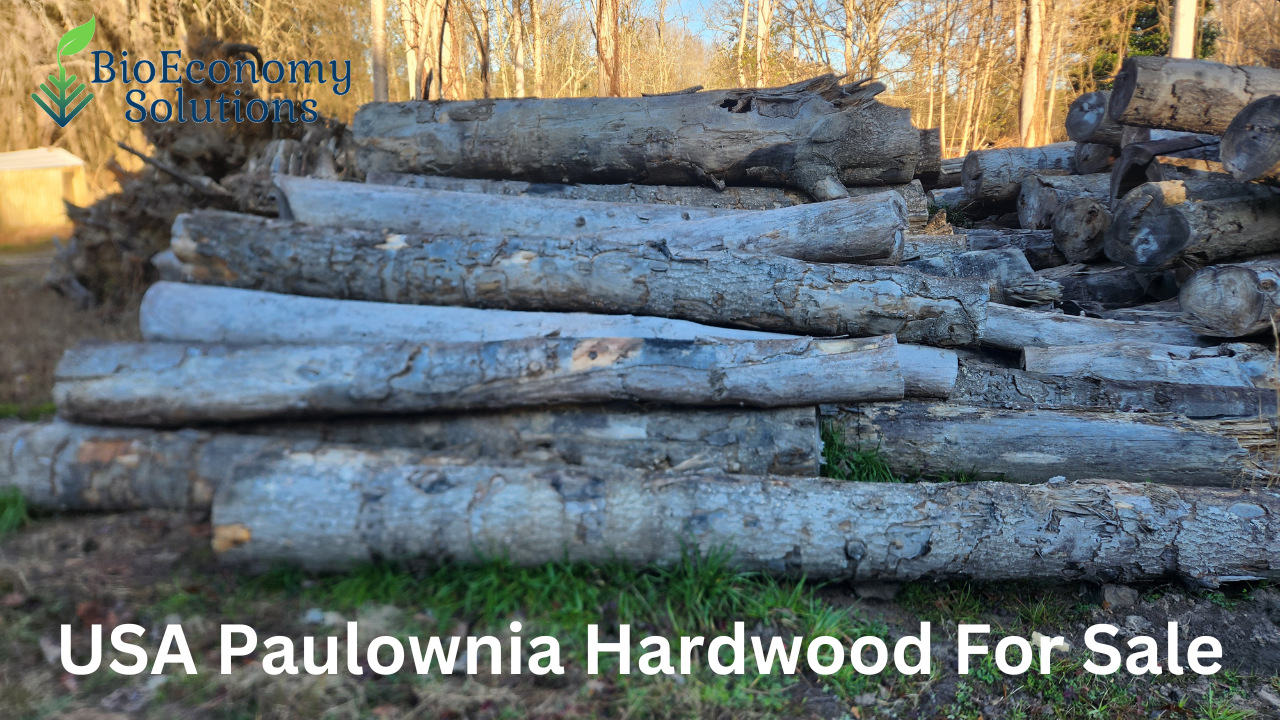
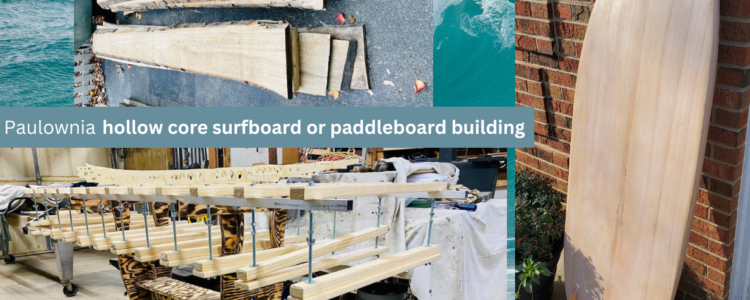
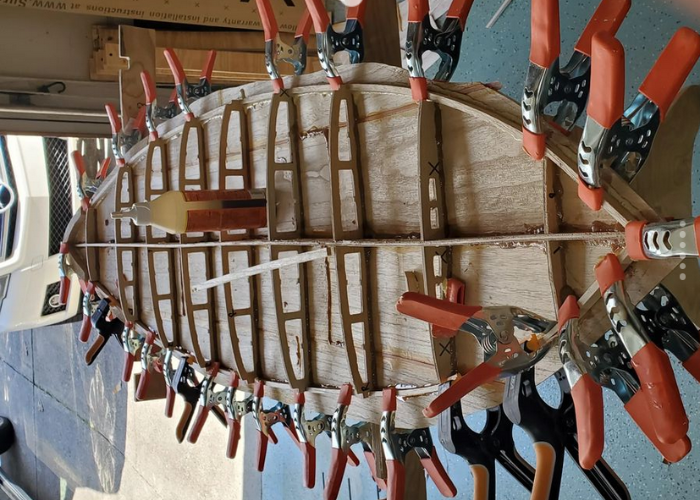
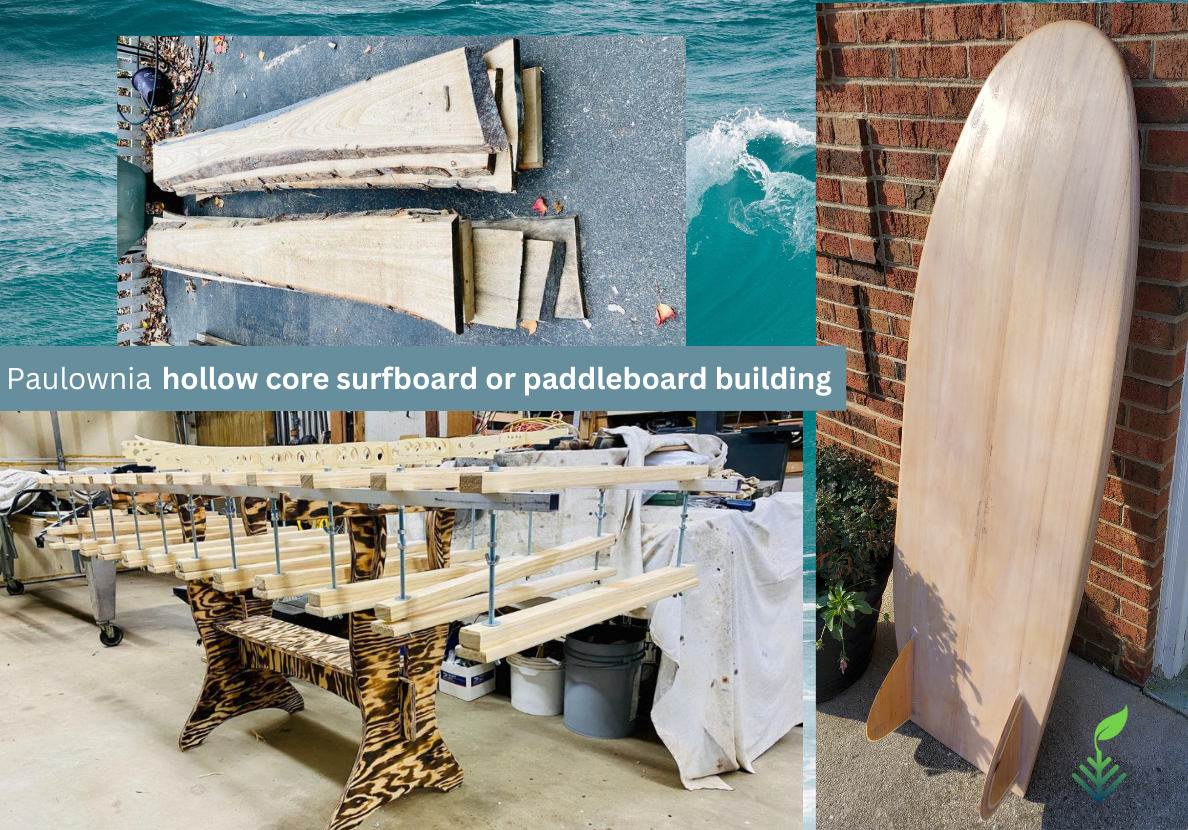 Weather you are a hobbyist or full time manufacturing company, paulownia wood grown in South Carolina USA may be a new expression of your talent.
Weather you are a hobbyist or full time manufacturing company, paulownia wood grown in South Carolina USA may be a new expression of your talent.